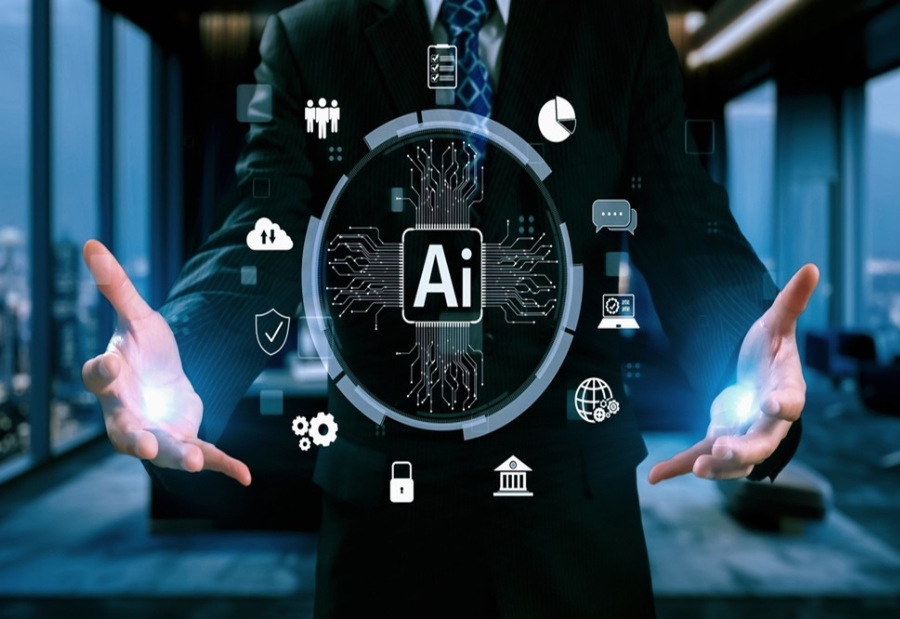The traditional GCC model—built on cost arbitrage and offshoring—is no longer enough. Today’s enterprises demand AI-powered, human-led, globally optimized operations that don’t just reduce costs but drive innovation, agility, and risk reduction.
According to ISG Research, nearly 25% of enterprises plan to establish a new GCC in the next 18 months. Meanwhile, 40% of existing GCCs are expanding—seeking more control, AI-enabled workflows, and innovation-driven efficiencies.
Yet, 70% of GCCs fail to meet expectations, often due to legacy processes, limited AI adoption, and poor alignment with enterprise strategy. The message is clear: GCCs must evolve or become obsolete.
While wage arbitrage remains relevant, AI introduces a new multiplier: AI arbitrage—the ability to combine automation and human expertise to unlock exponential gains in speed, quality, and cost efficiency.
GCCs must move from being cost-saving engines to becoming Generative Capability Centers—AI-powered hubs delivering business impact.
- IT & Software Engineering: AI-driven development, testing, and self-healing infrastructure are transforming enterprise IT.
- HR Operations: AI is automating recruiting, onboarding, and compliance, accelerating time-to-productivity.
- Business Process Optimization: Claims processing, customer support, and finance functions are being overhauled with intelligent automation.
This isn’t about simple automation. It’s about harnessing AI + human intelligence to unlock new levels of velocity, transparency, and value.
Legacy GCCs risk falling behind as next-gen models powered by AI and co-innovation take the lead. The future belongs to GCCAI—centers of excellence built on AI-first workflows and human strategic oversight.
9 Characteristics of the Next-Gen GCCAI
- “Keep Humans in the Loop of Every Critical Workflow.” AI enhances, but humans ensure judgment, compliance, and innovation.
- Embed Foundational + Last-Mile AI. Use large models (e.g., ChatGPT, Gemini) plus domain-specific agents (like AVA+) for tailored impact.
- Monetize AI Arbitrage. Combine labor arbitrage with AI-driven efficiency to optimize cost, quality, and speed.
- Create an Agent Foundry. Build, deploy, and evolve AI agents that align with changing business needs.
-
Enable Co-Innovation. AI doesn’t innovate—people using AI do. Global Capability Centers must become collaboration hubs.
- Adopt Outcome-Based Commercials. Shift from T&M to pricing based on processes and results.
- Leverage Ecosystems. Partner with platforms like AWS, Microsoft, Salesforce, and ServiceNow to extend AI reach.
- Adopt Hubs & Nodes. Combine remote teams with strategic centers for innovation and delivery.
- Lead on AI Governance. AI trust, security, and compliance must be owned and governed proactively.
Tomorrow’s GCCs aren’t just back offices—they’re AI-powered growth engines. Those who act now will redefine how enterprise work gets done, unlocking competitive advantage through smarter, faster, more adaptive operations.
Also read: Viksit Workforce for a Viksit Bharat
Do Follow: The Mainstream formerly known as CIO News LinkedIn Account | The Mainstream formerly known as CIO News Facebook | The Mainstream formerly known as CIO News Youtube | The Mainstream formerly known as CIO News Twitter |The Mainstream formerly known as CIO News Whatsapp Channel | The Mainstream formerly known as CIO News Instagram
About us:
The Mainstream formerly known as CIO News is a premier platform dedicated to delivering latest news, updates, and insights from the tech industry. With its strong foundation of intellectual property and thought leadership, the platform is well-positioned to stay ahead of the curve and lead conversations about how technology shapes our world. From its early days as CIO News to its rebranding as The Mainstream on November 28, 2024, it has been expanding its global reach, targeting key markets in the Middle East & Africa, ASEAN, the USA, and the UK. The Mainstream is a vision to put technology at the center of every conversation, inspiring professionals and organizations to embrace the future of tech.




